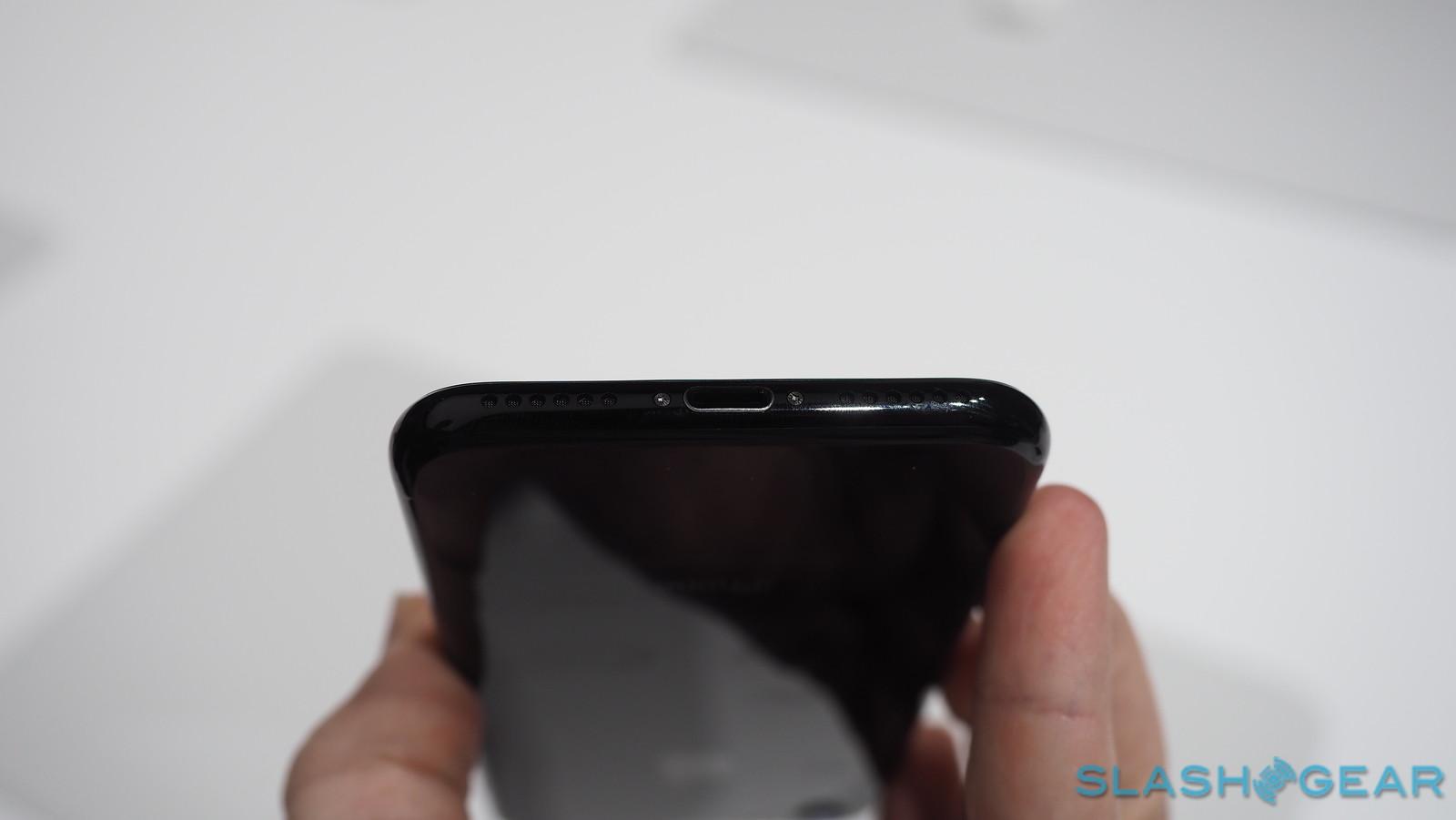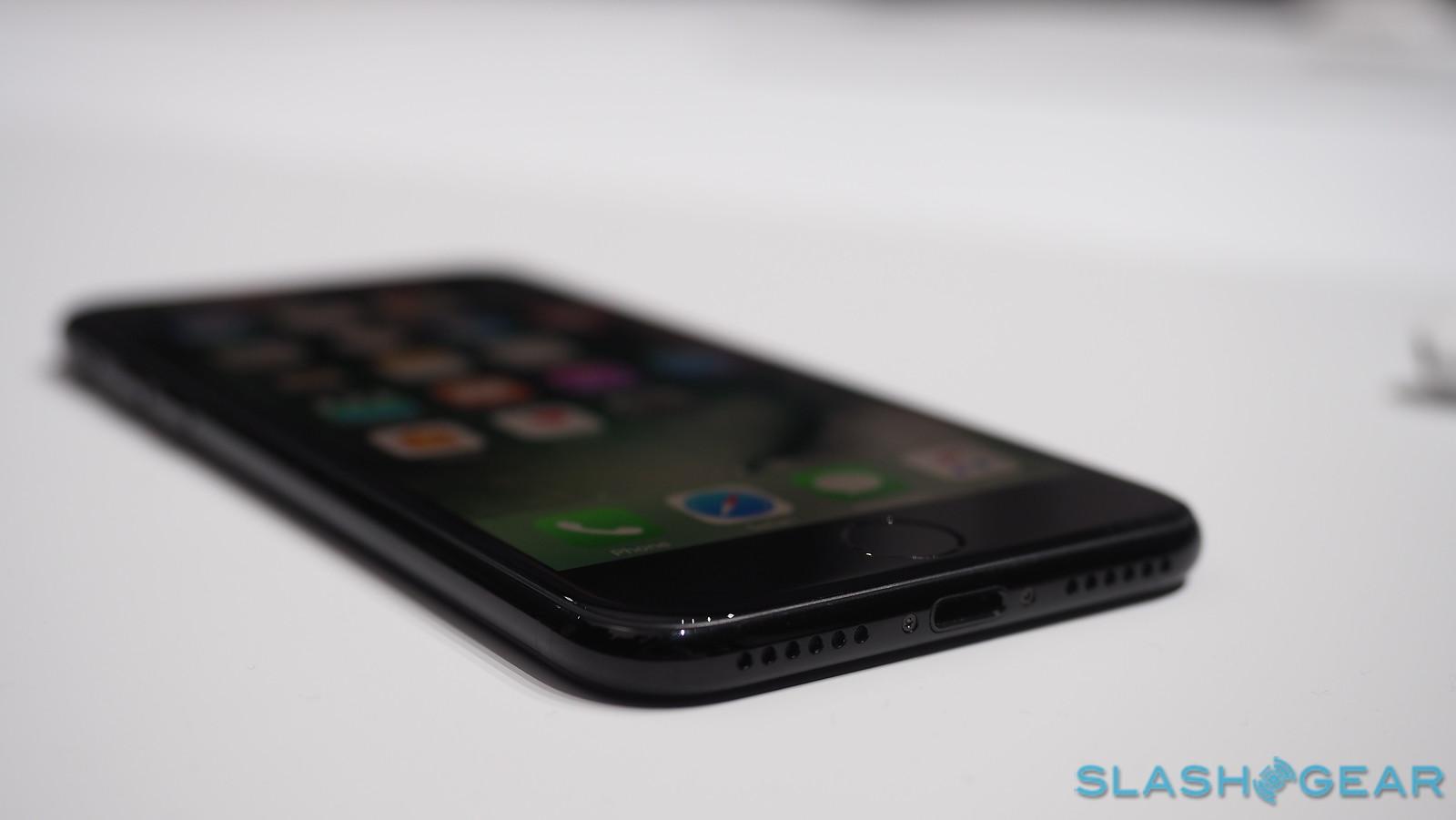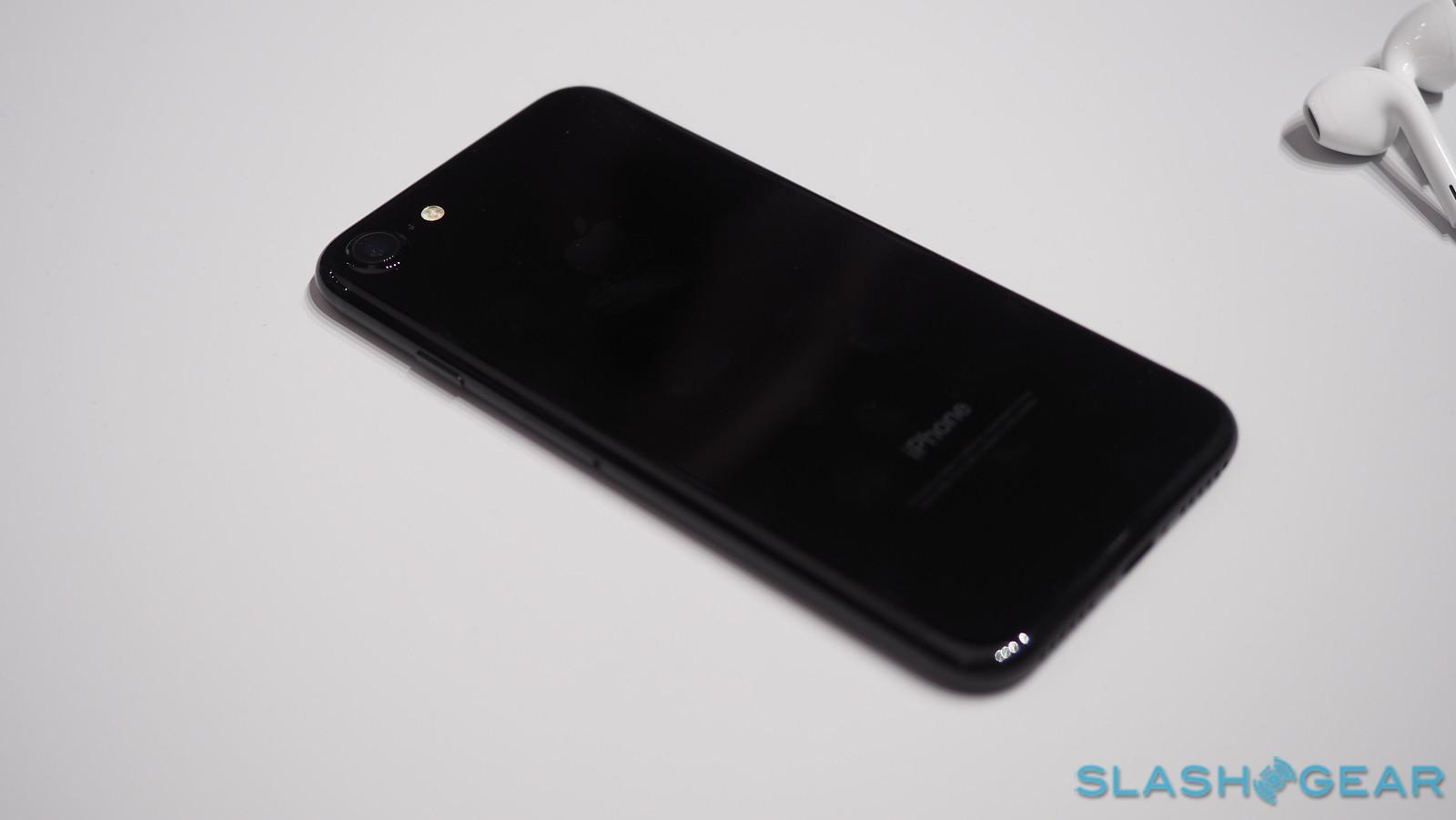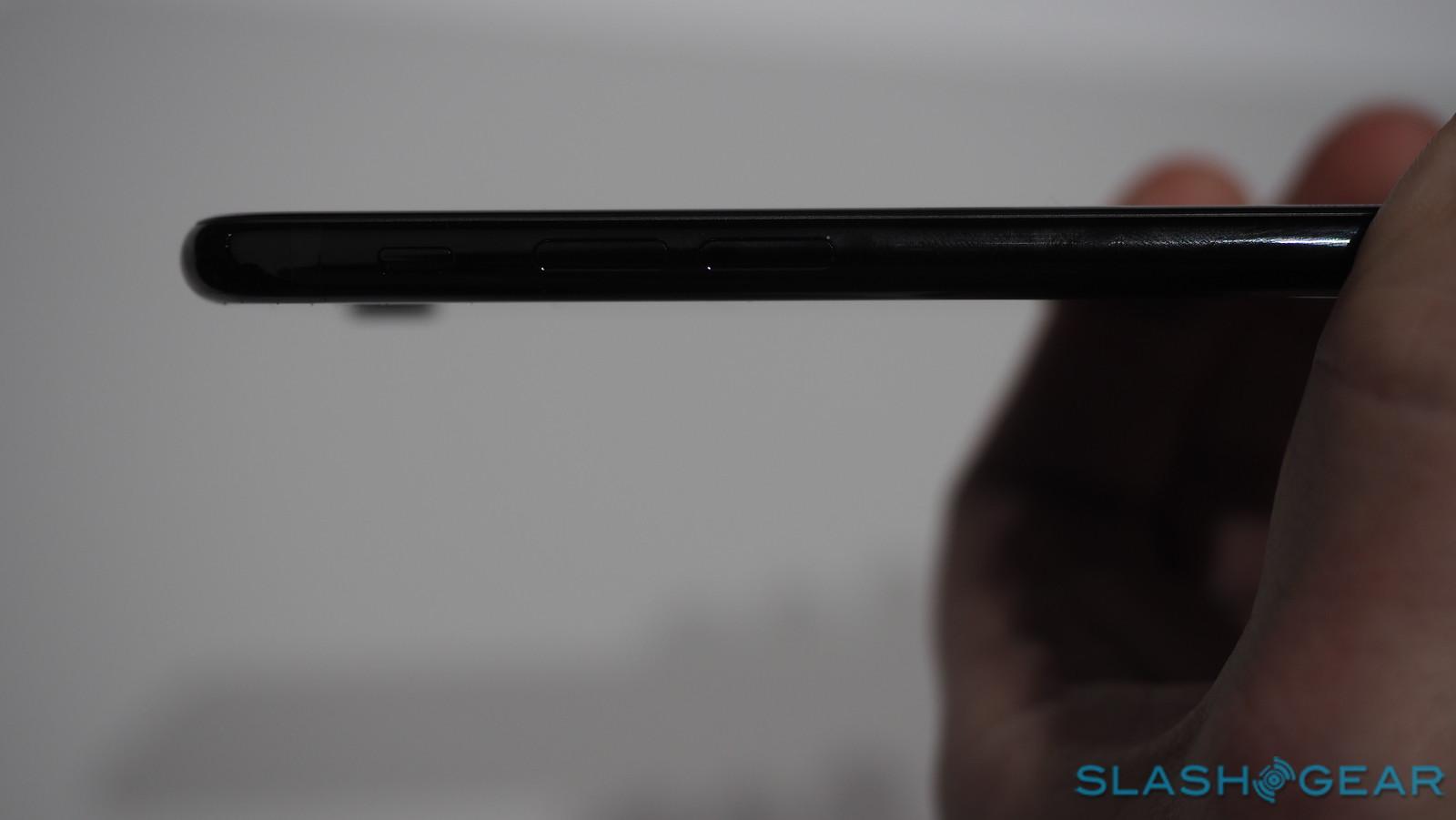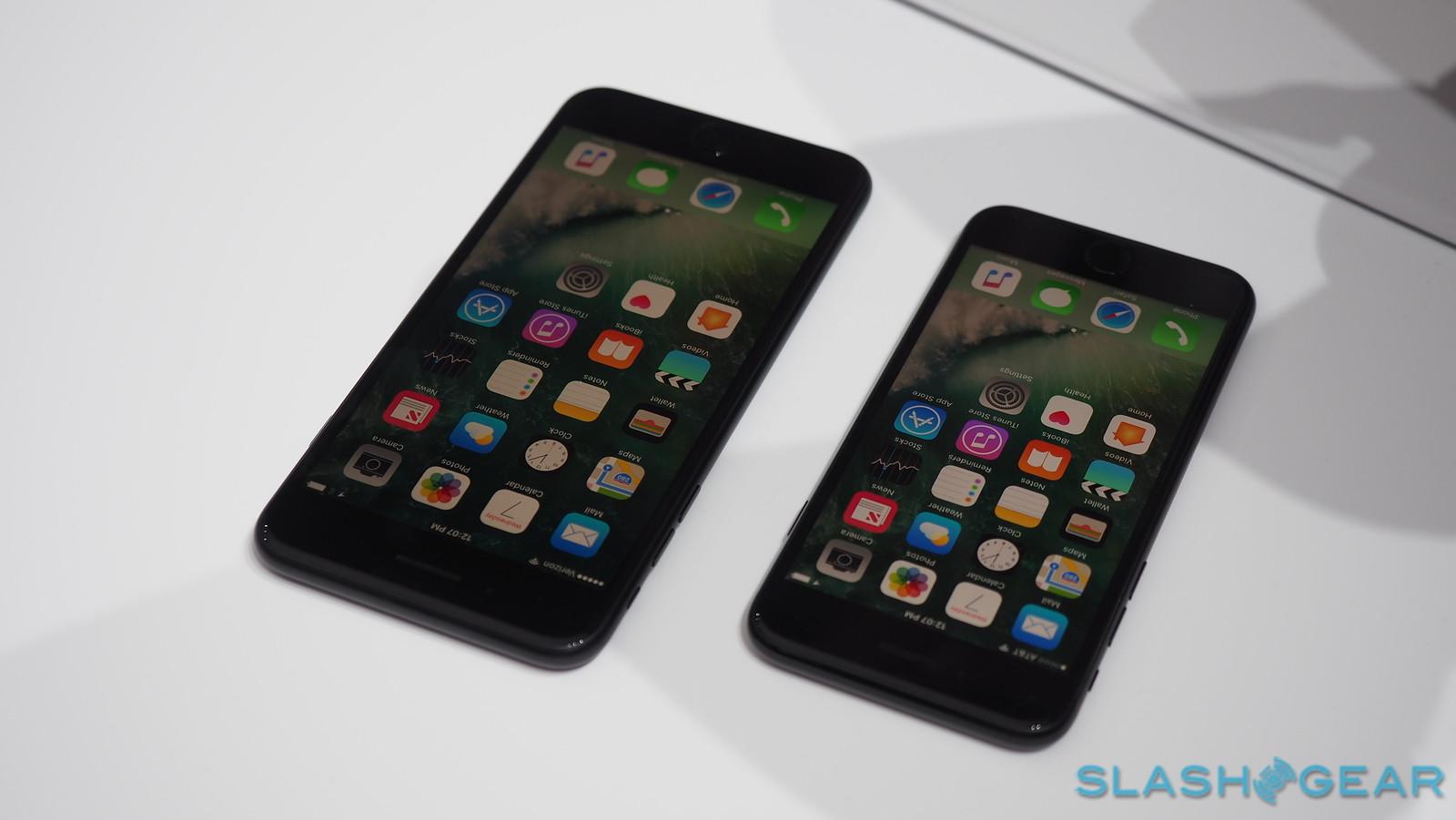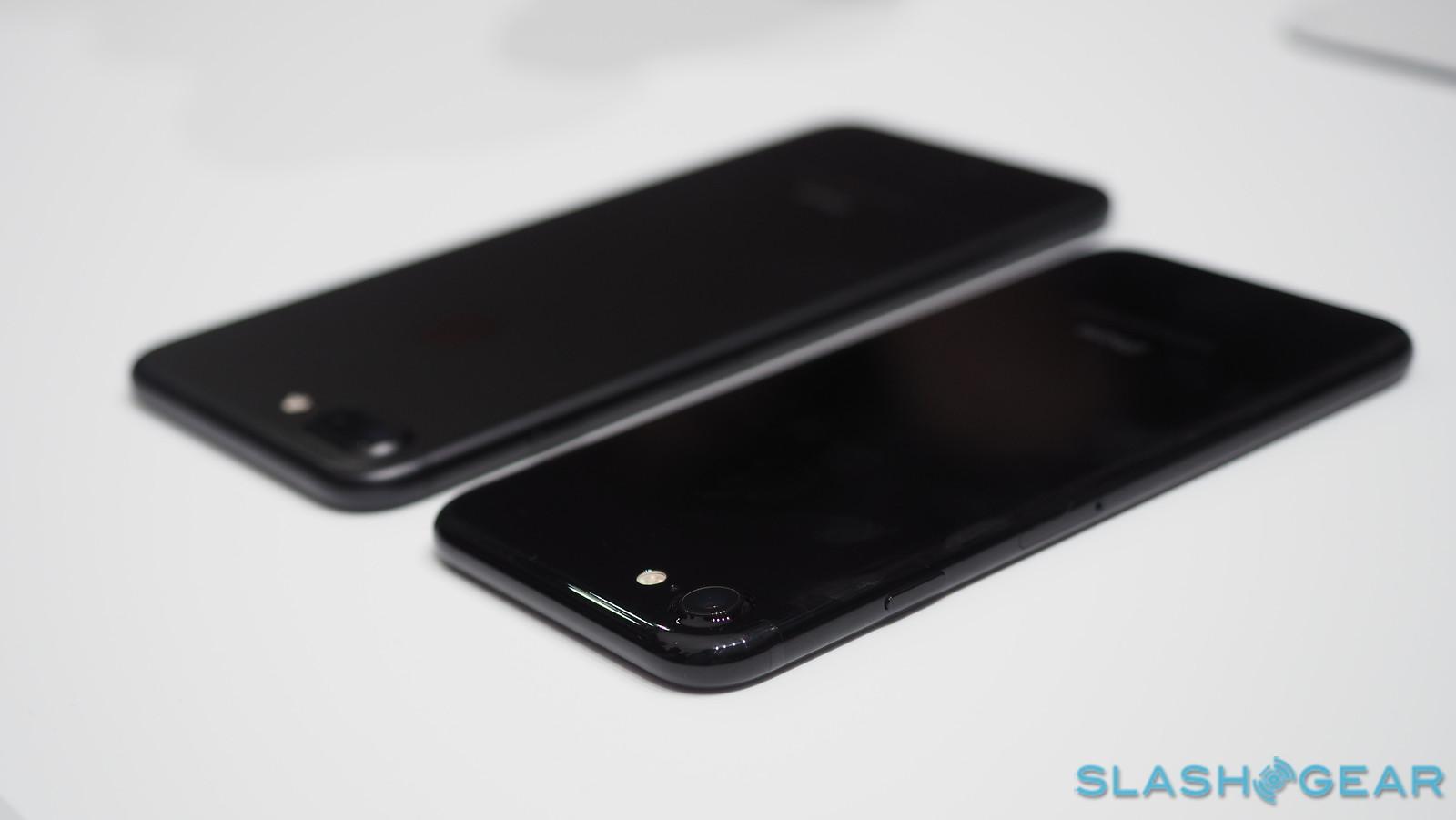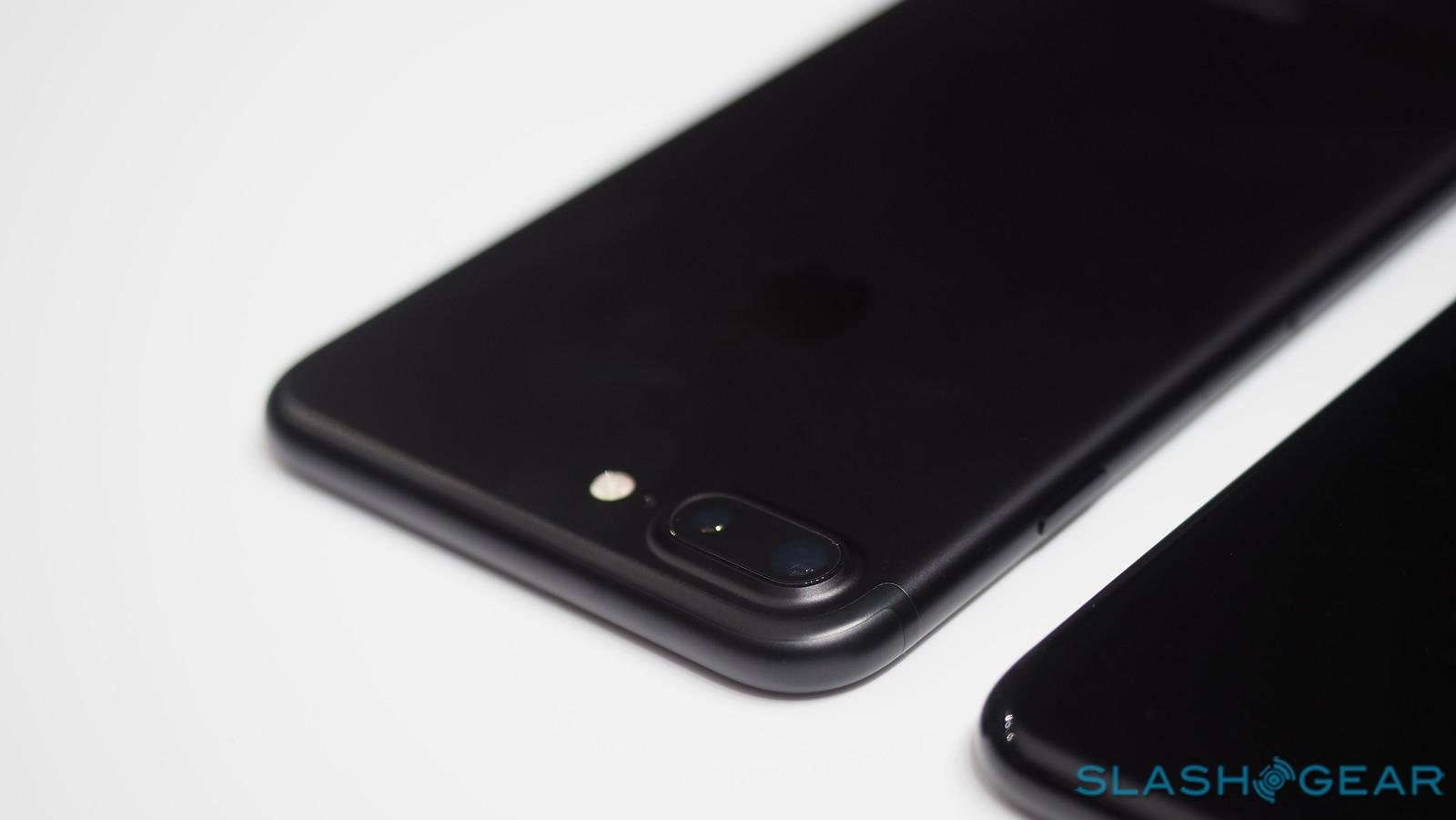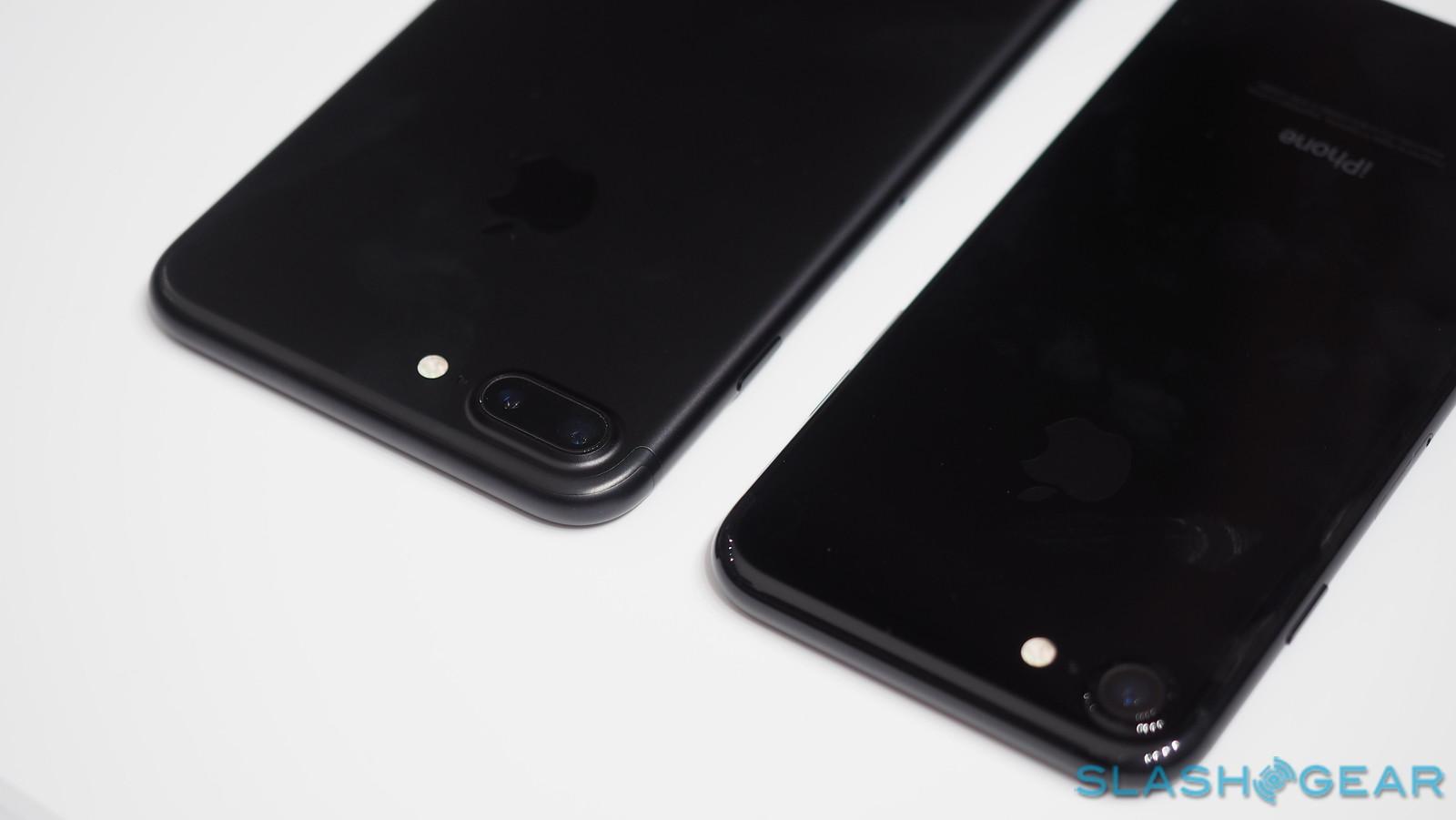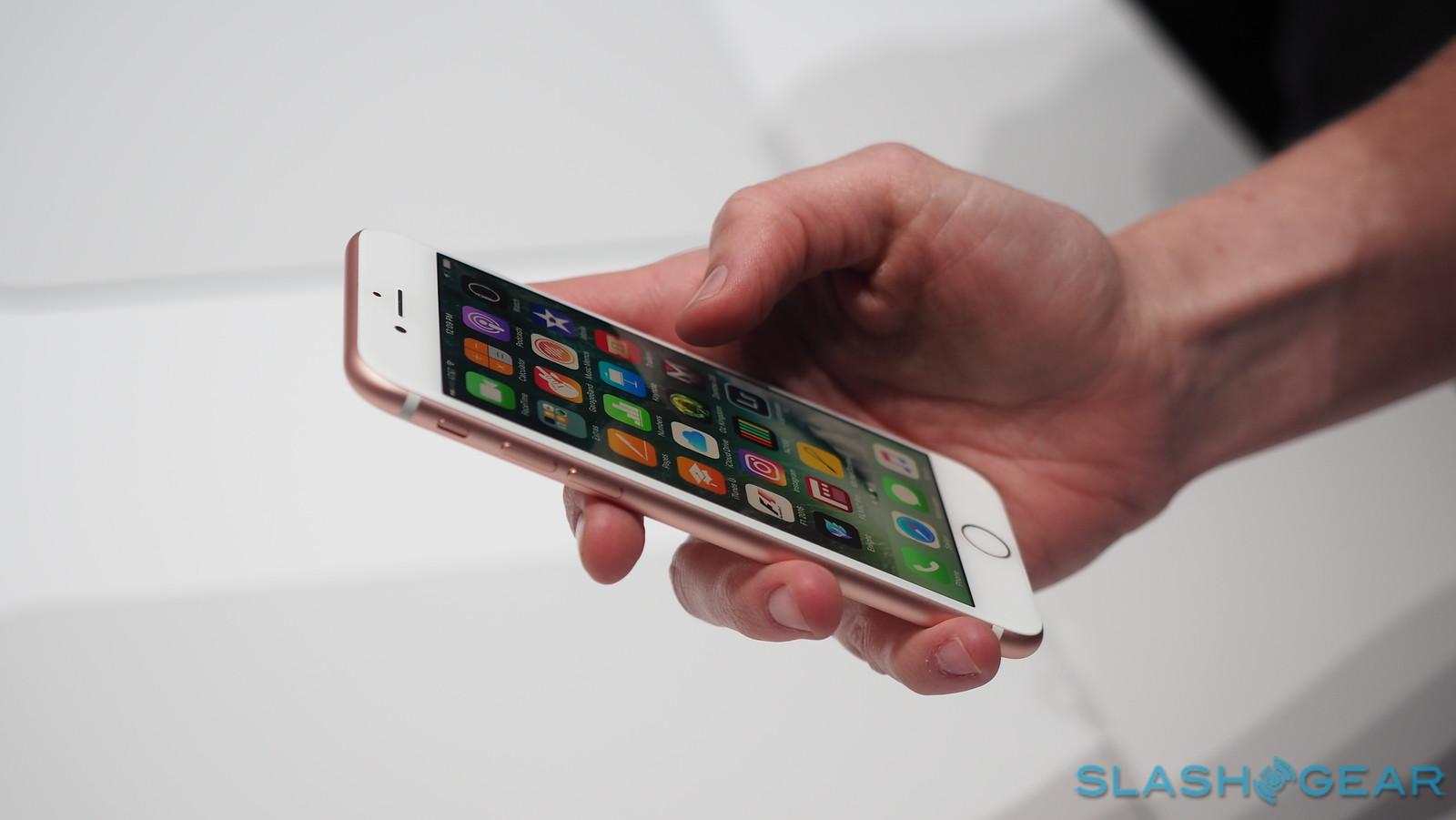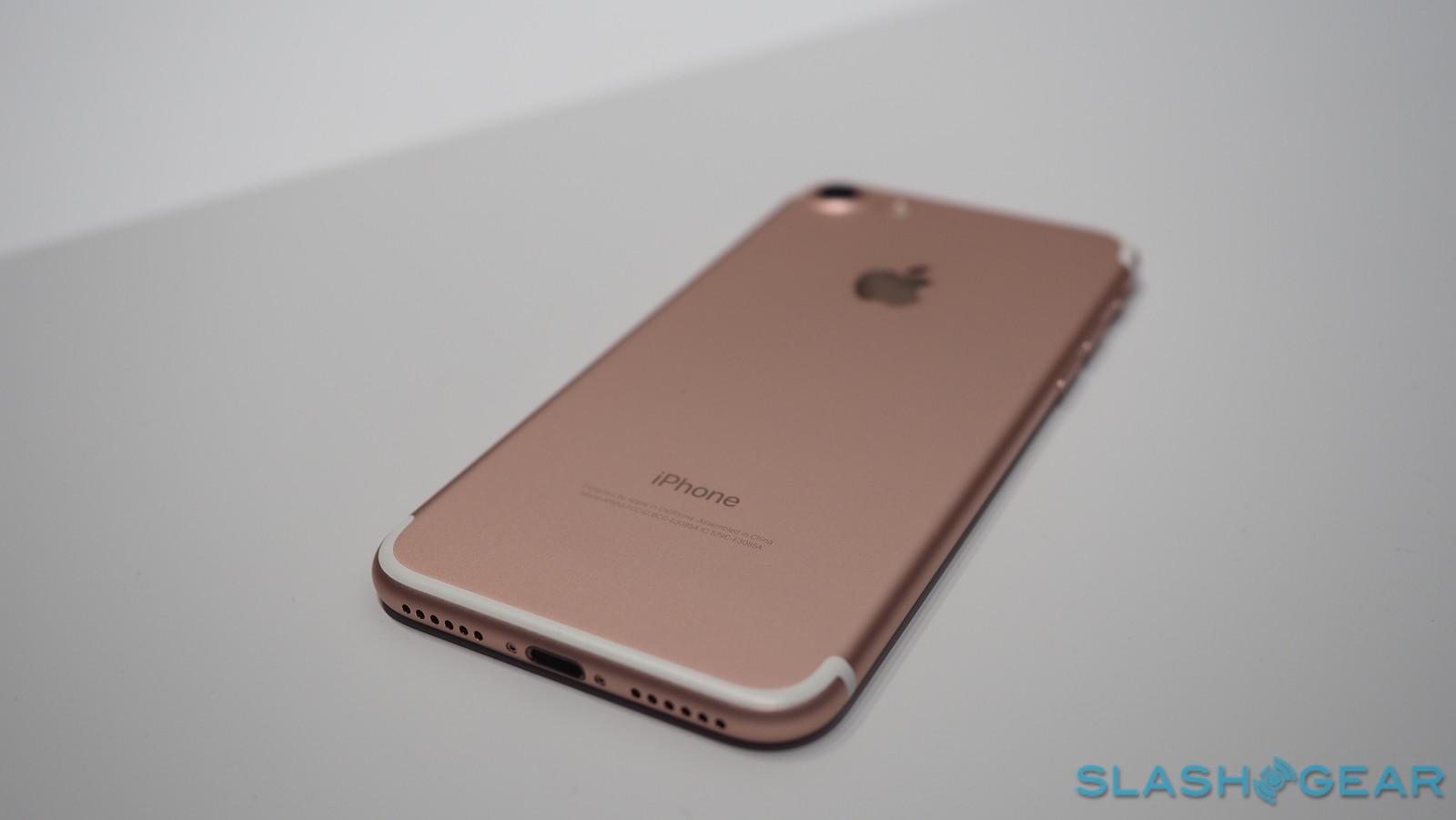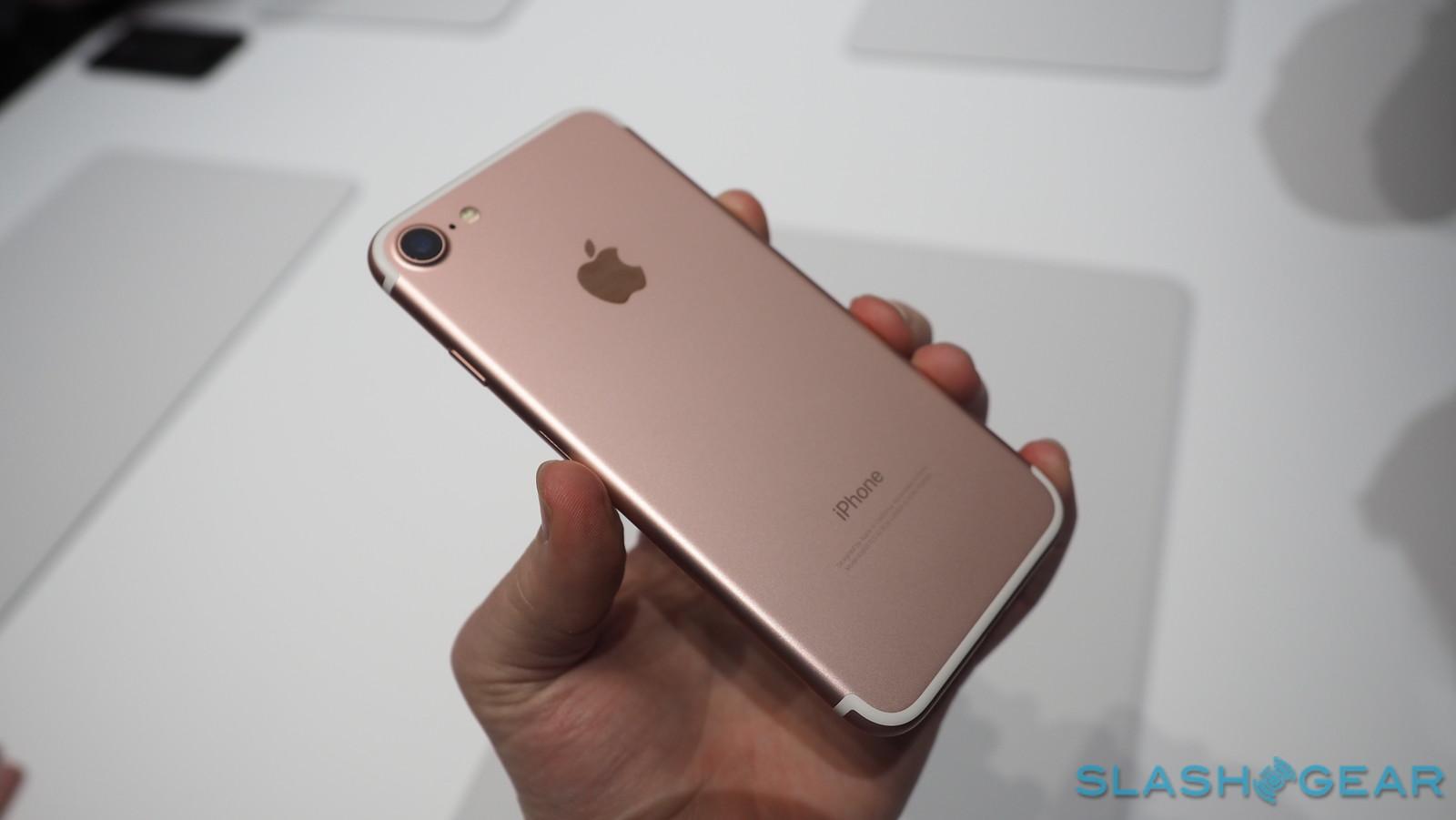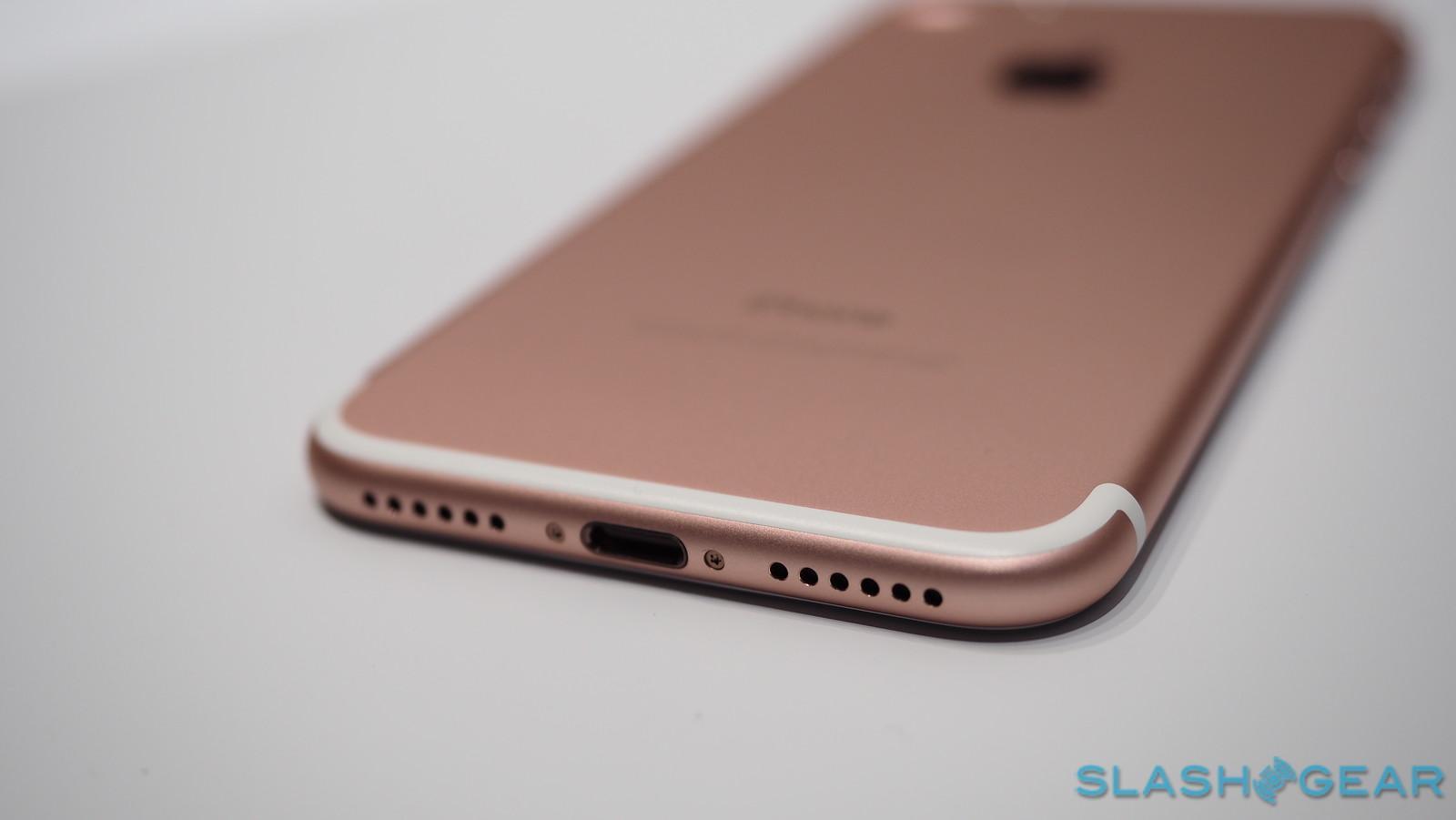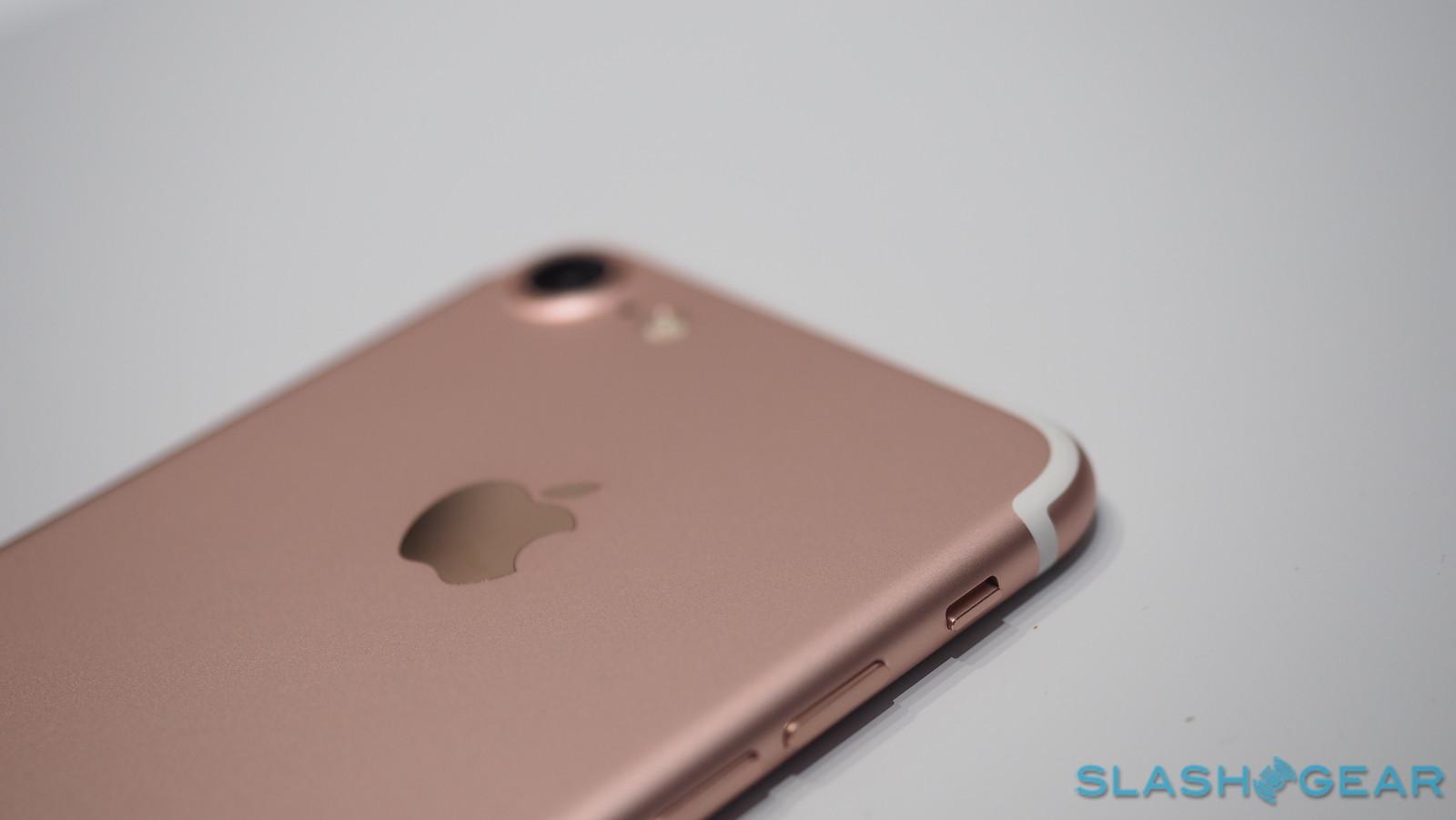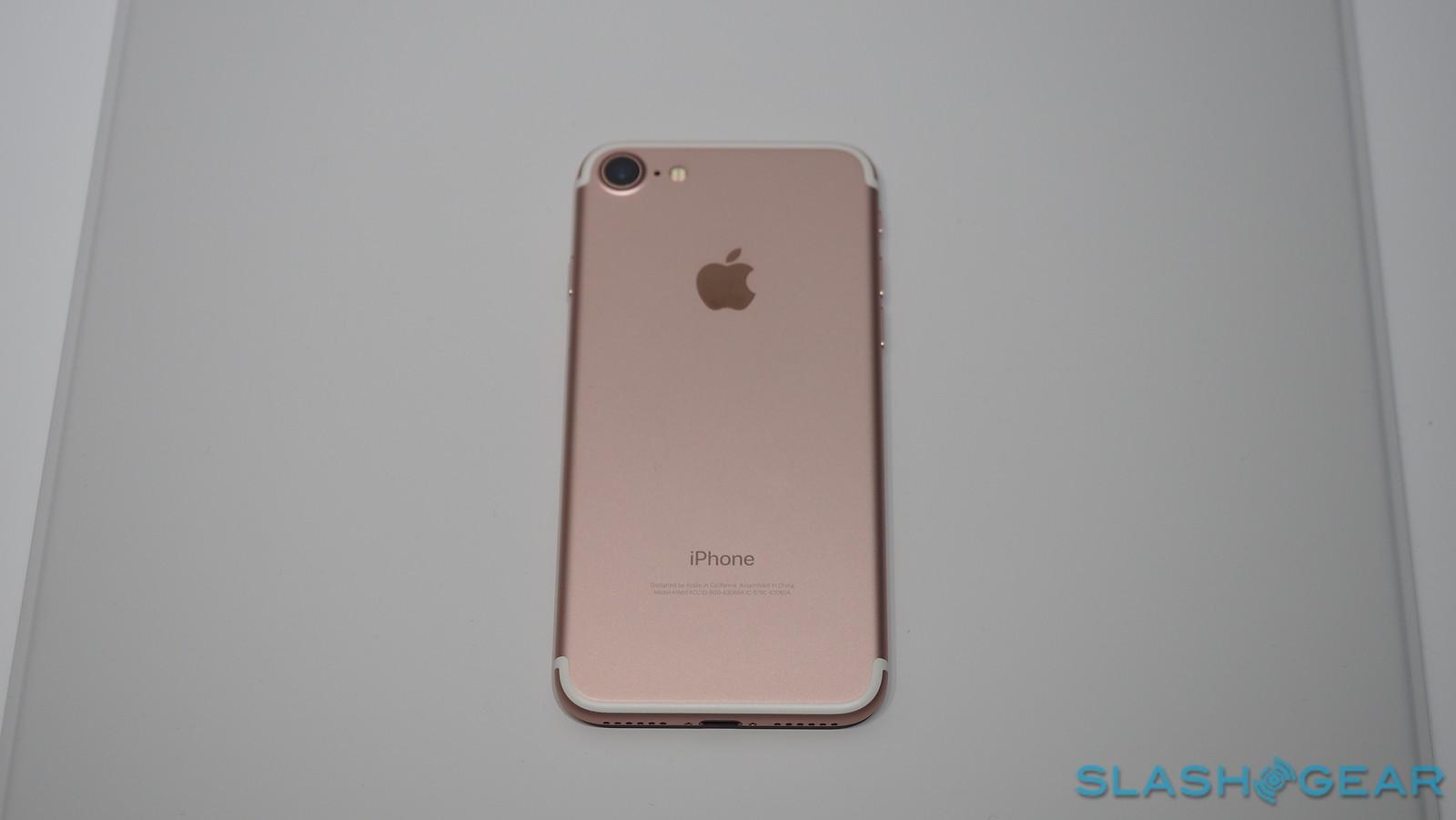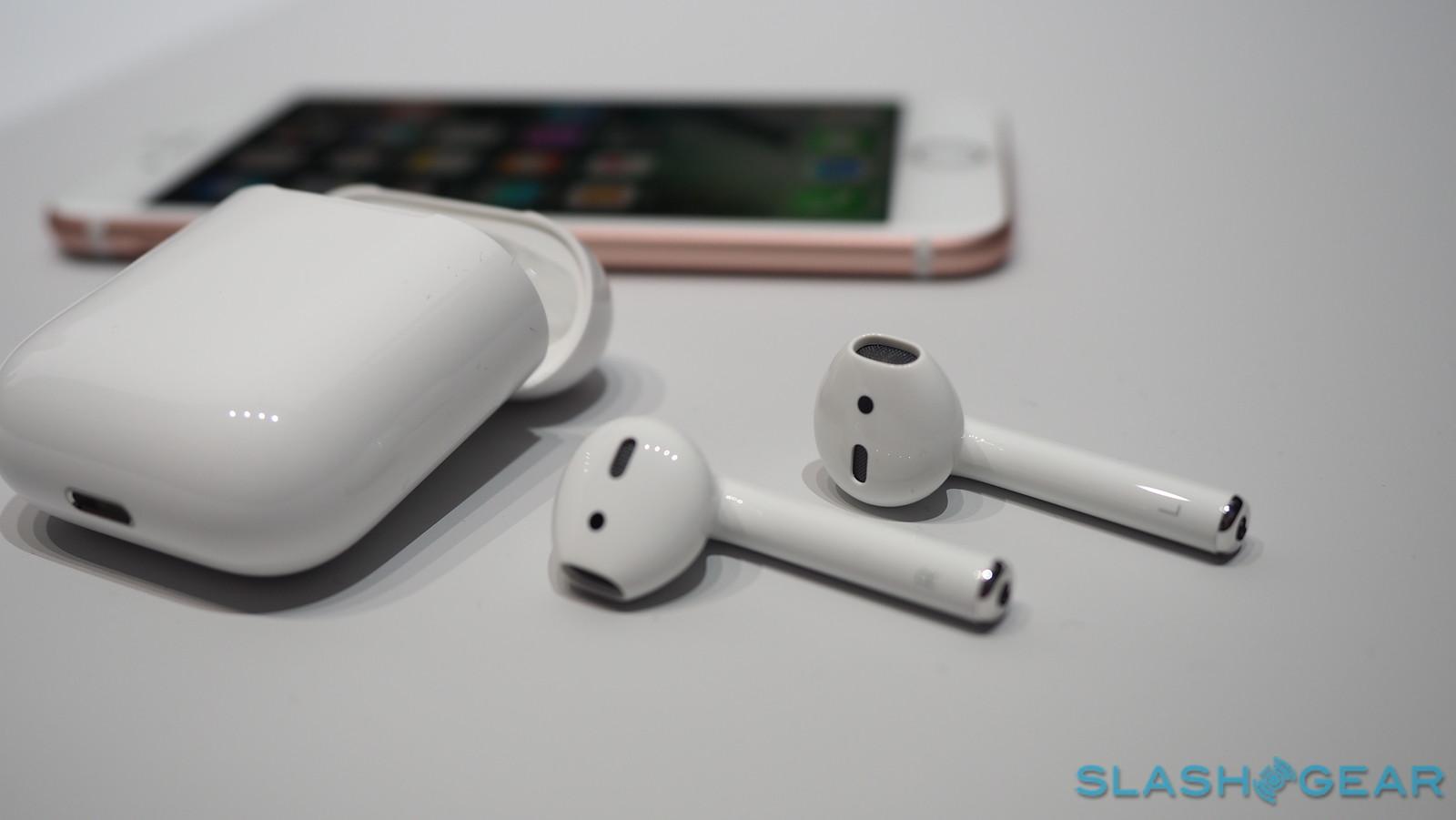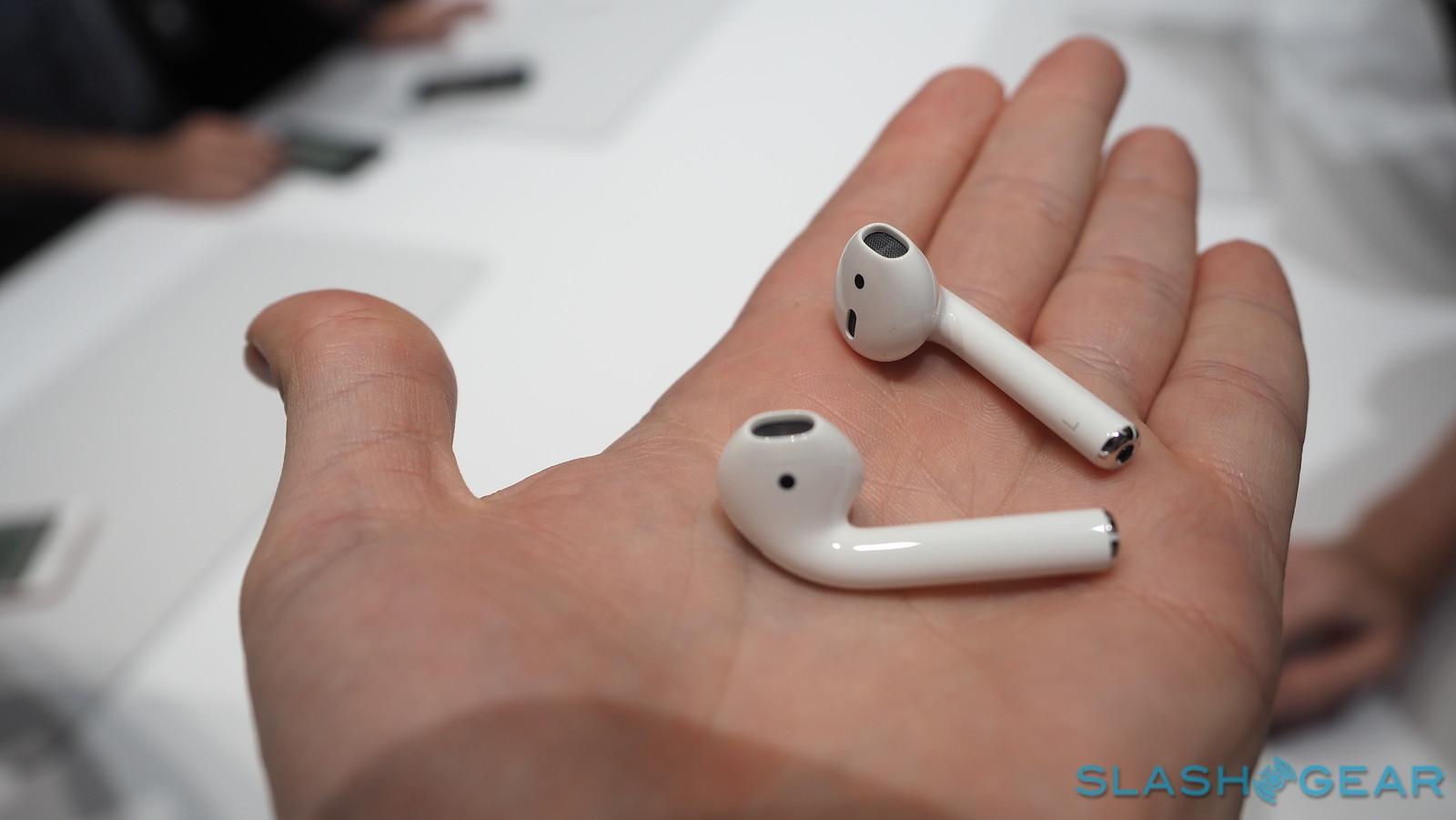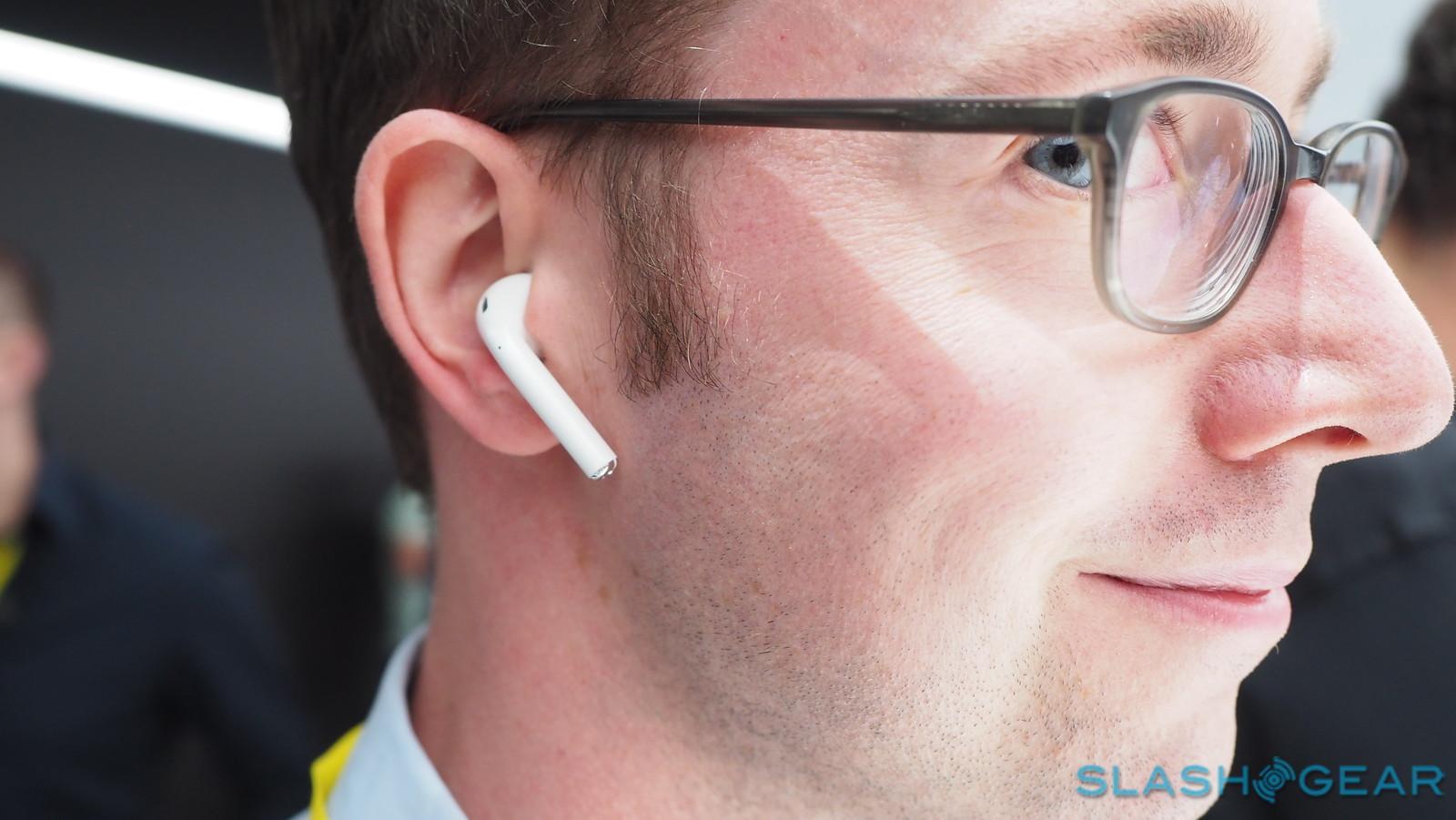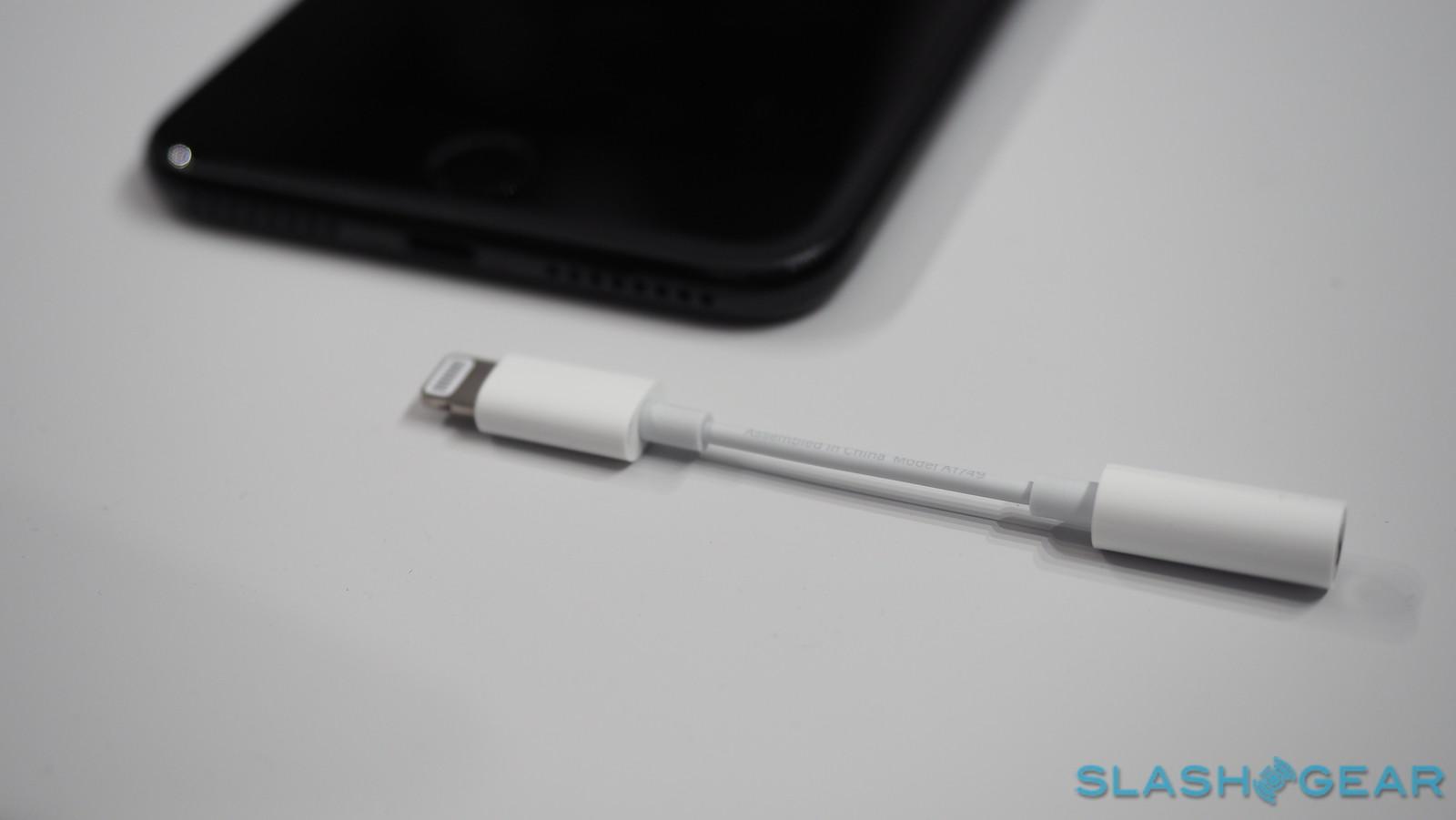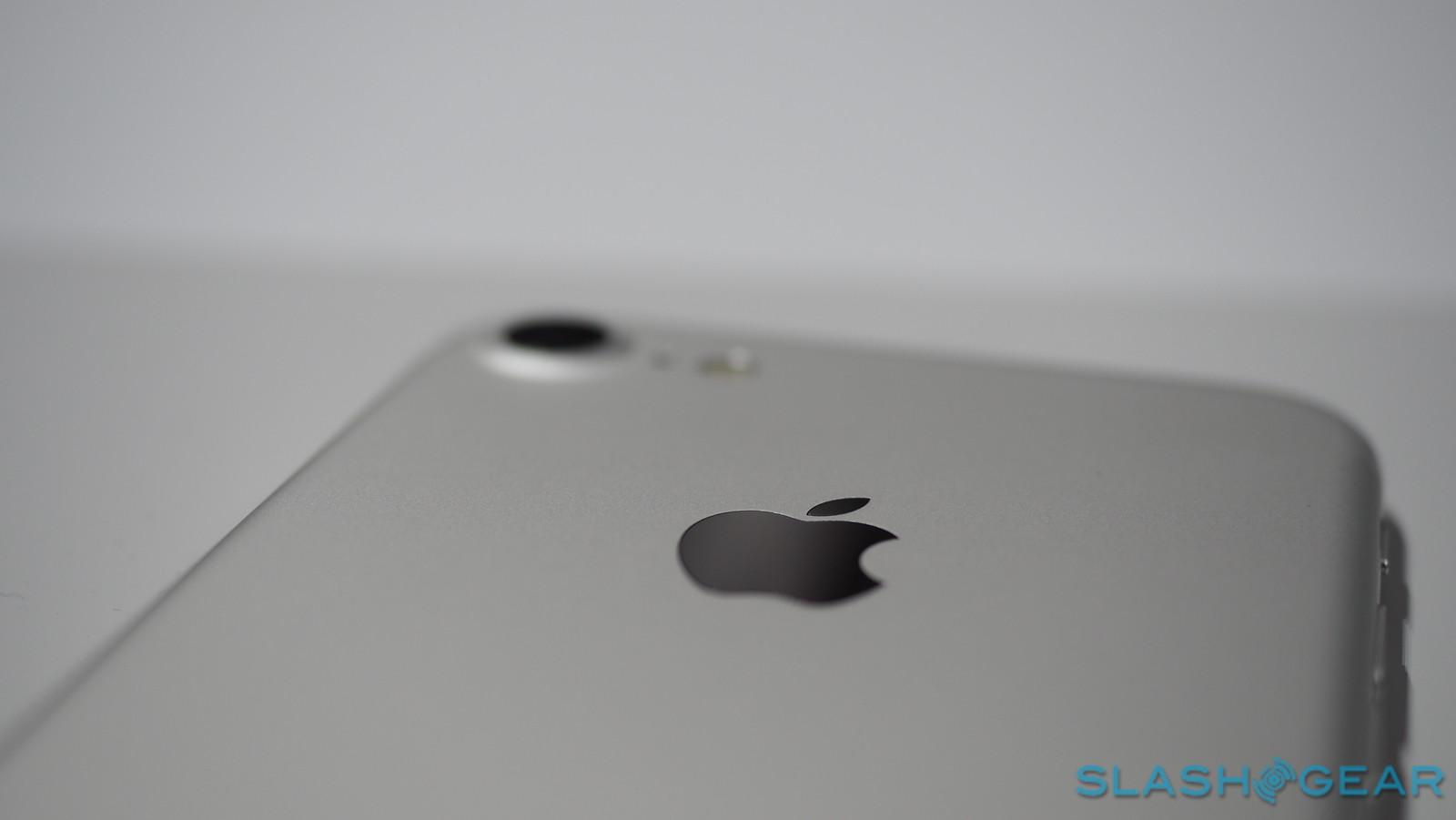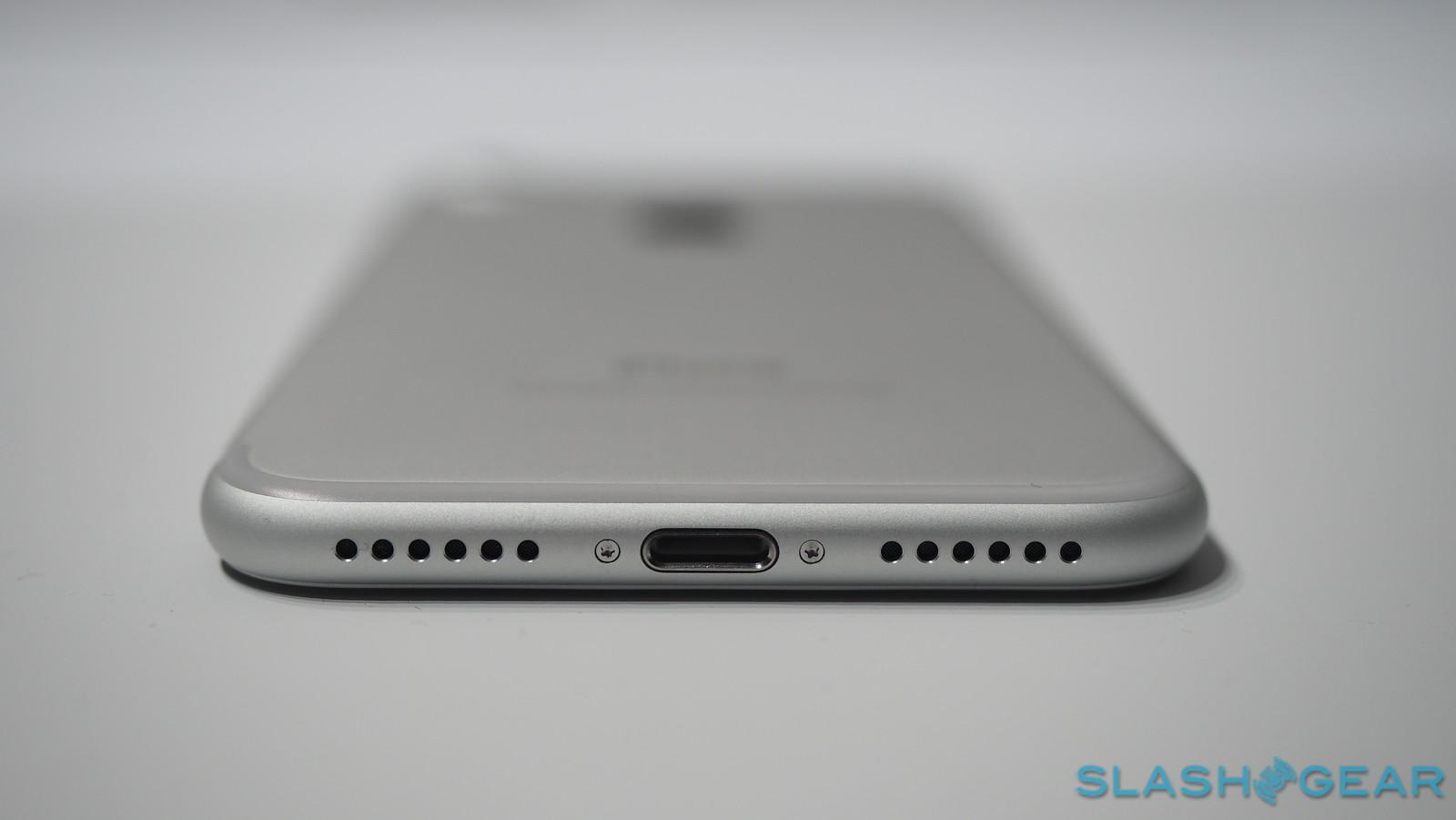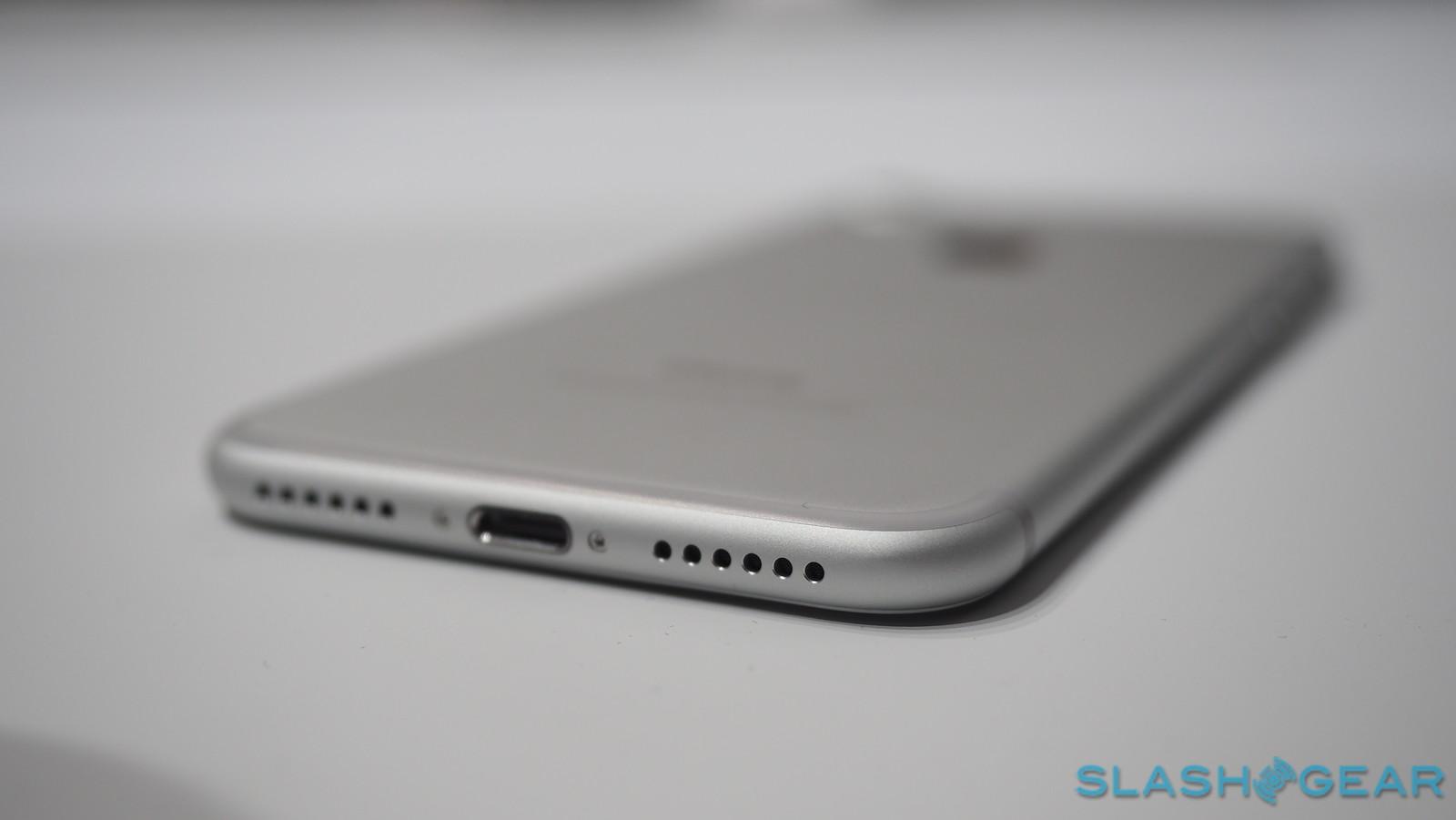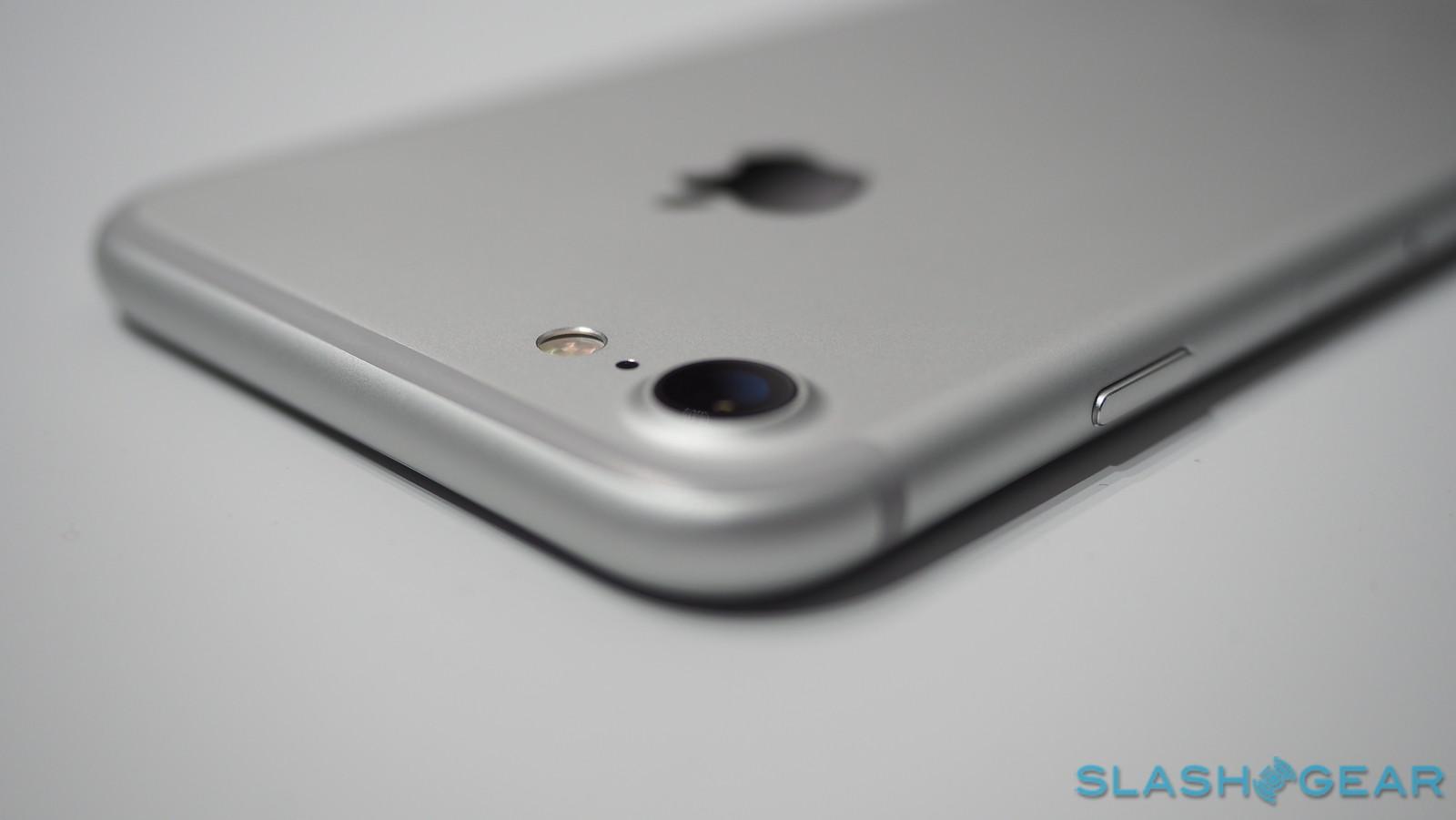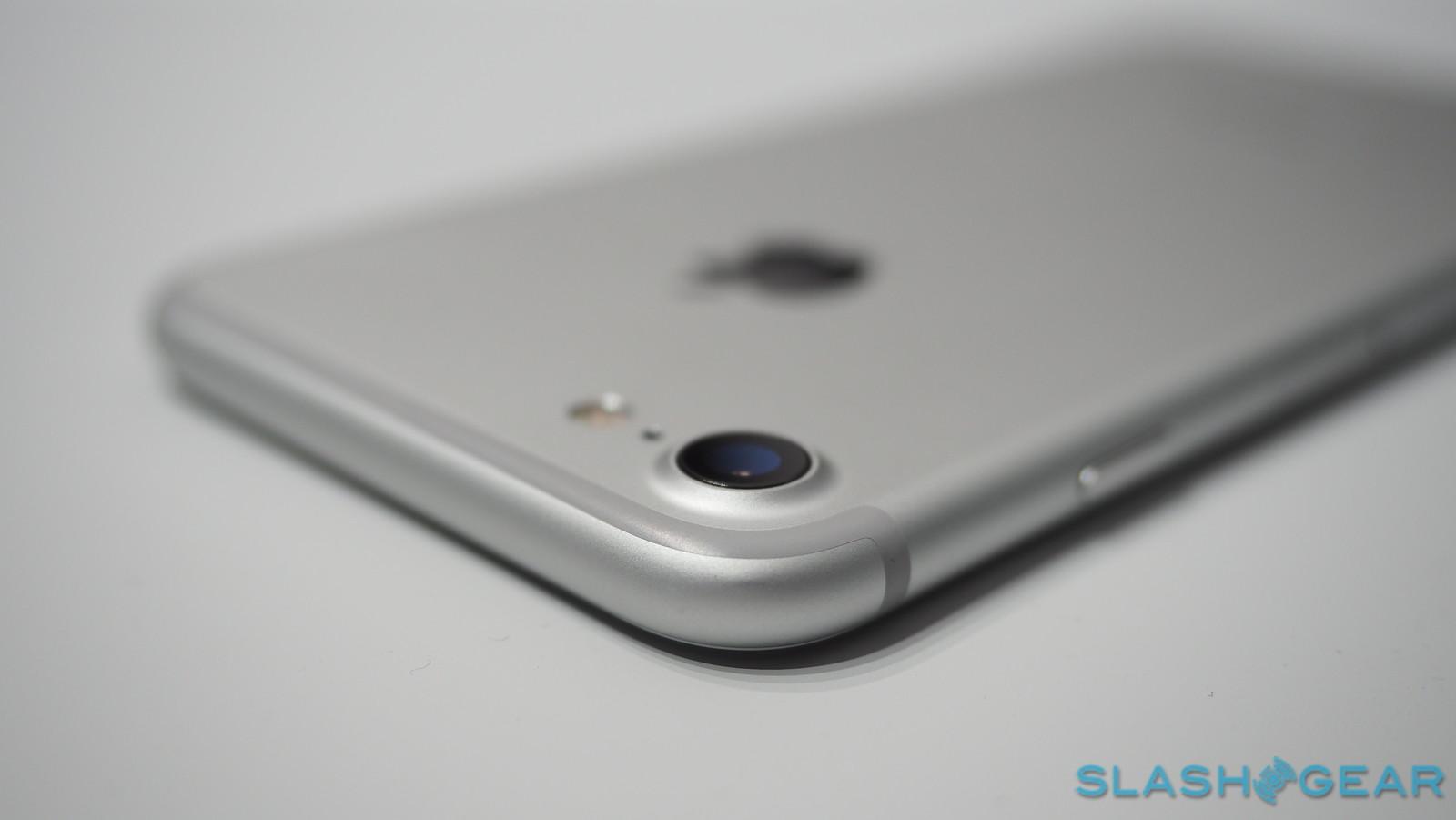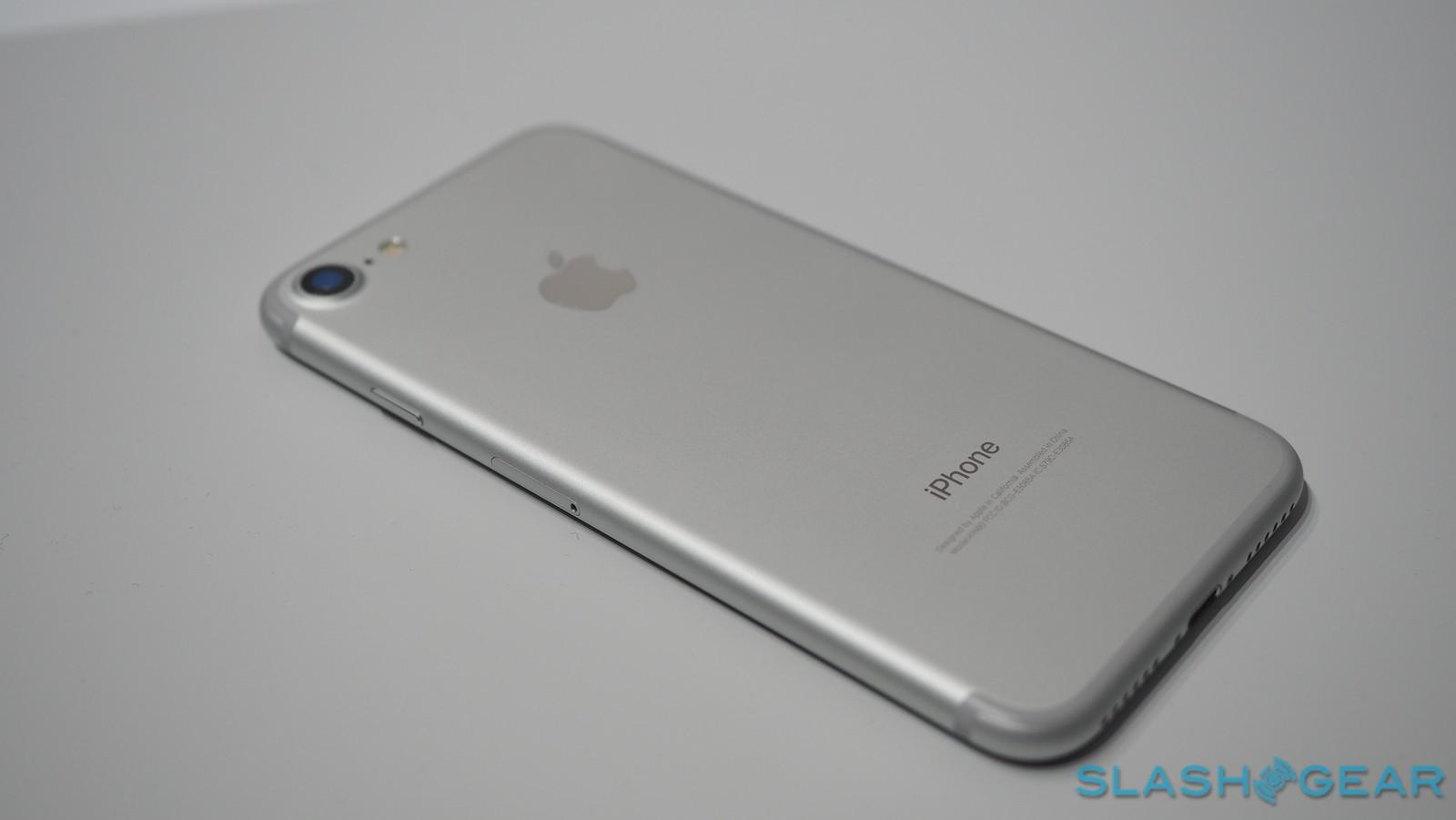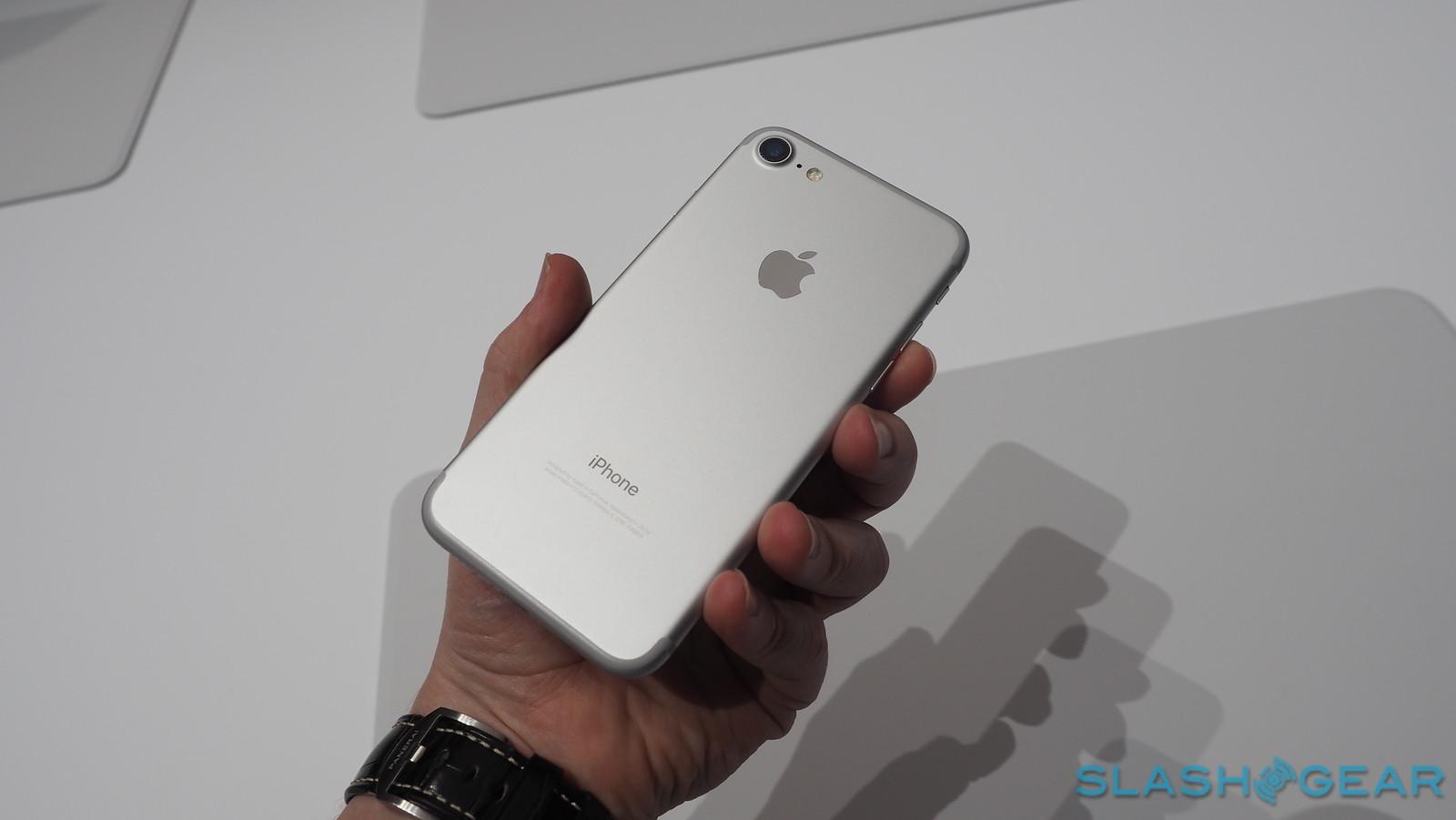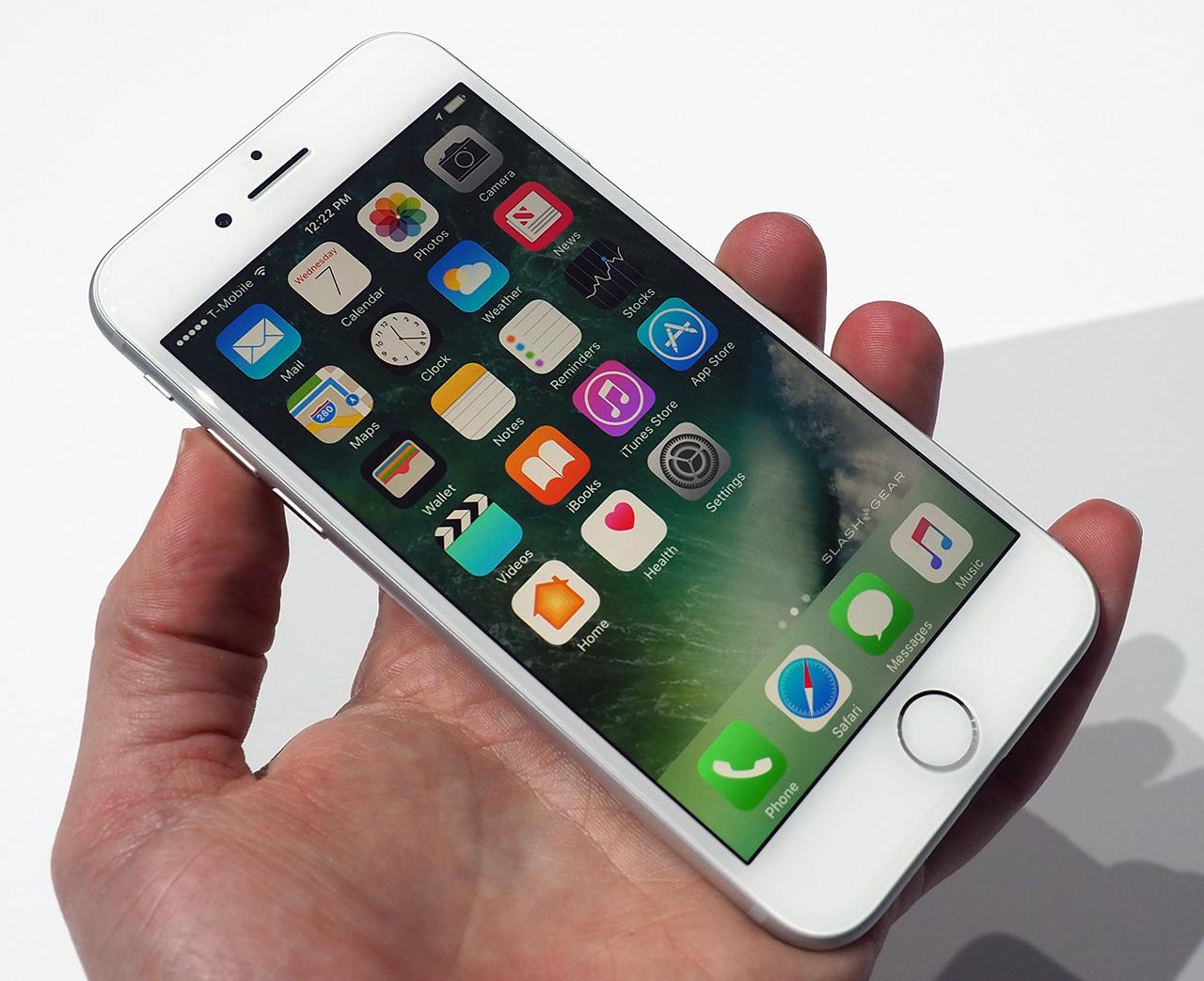iPhone 7 Hands-On
Don't get hung up on the missing headphone jack: there's a lot more to Apple's iPhone 7 and iPhone 7 Plus than the port "courageously" left behind. Apple's big event in San Francisco has just finished, and I've spent a while playing with both sizes of the new iPhone 7 to see how the most hotly-anticipated smartphone of the year is shaping up.
Though they're unmistakably iPhones at first glance, there's actually a fairly large degree of change from the 6S and 6S Plus. The antenna lines are hidden a lot more effectively, and while the camera still bulges out, the aluminum puckers to encompass it in a way that's far more organic and smooth.
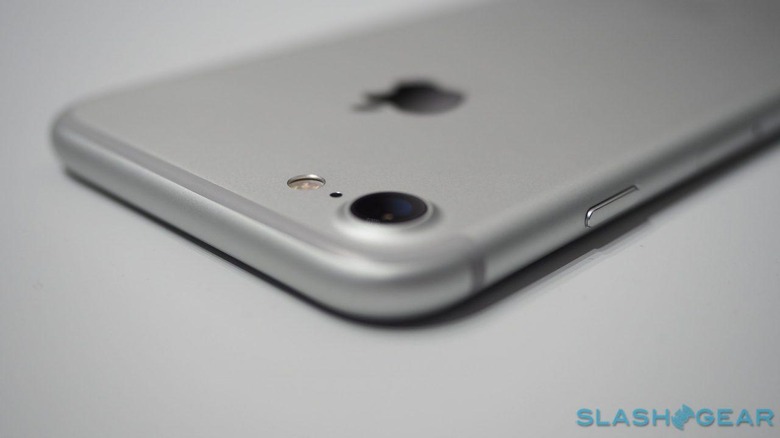
Of the five colors, the Jet Black finish is most eye-catching, though it's both a glutton for fingerprints and fairly slippery if you're holding the Plus version. I suspect it'll scratch reasonably readily, too.
Those who are as clumsy as I am might prefer to pick up the simply-named black iPhone 7 instead. It's a beautifully consistent design, from the matching antenna strips to the murdered-out logo, and I'd not be surprised if it was the most popular new finish.
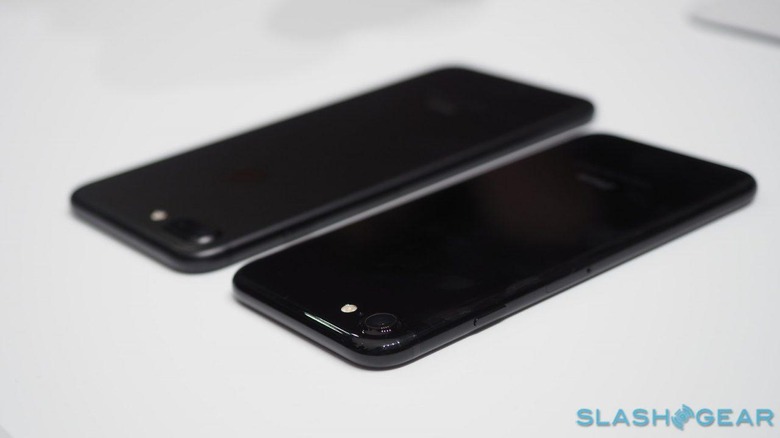
Rose gold, silver, and gold all look much as they did on the 6S, which is no bad thing but hardly makes it clear that you're rocking the very latest hardware.
Apple's switch to a touch-sensitive home button seems like its been a long time coming, the idea rehearsed and refined over the past couple of years with the Apple Watch display and the MacBook trackpad. It works much as you'd hope – press the button, get the home screen – but a fair chunk of the magic is the new Taptic Engine inside.
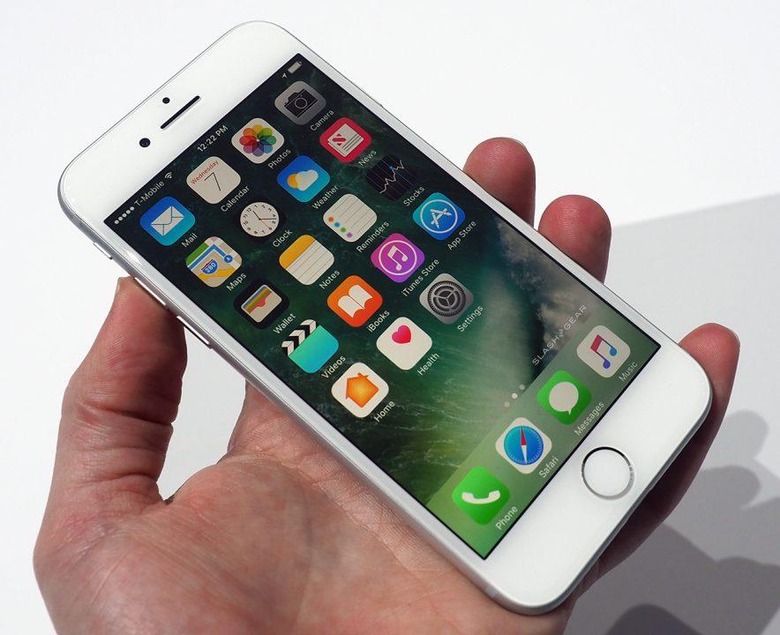
The buzz you feel isn't quite a replication of the physical home button we're used to, and you definitely know that it's not actually moving, but it's sufficient to let you know you've pressed. More importantly, it'll allow for more flexibility moving forward with software customization, not to mention allowing Apple to make the iPhone 7 waterproof.
Not all the changes are going to be so welcome, mind. The furore over the past few months at the mere idea of Apple ditching the headphone jack on the iPhone 7 has been wild, and I'm not entirely sure Phil Schiller's argument that it's the "courageous" decision will hold up in the wild.
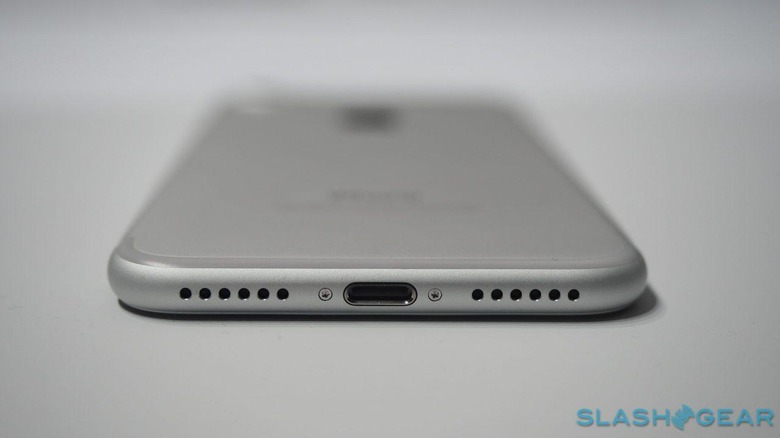
Still, it does leave the bottom edge of the iPhone 7 looking cleanly symmetrical, if that's something that keeps you up at night, and the bundled EarPods – which, to audiophiles' continuing dismay, are the most popular headphones out there in terms of number of users – will use the Lightning port.
A stubby little Lightning to 3.5mm adapter cable is also included for hold-outs, though I can't figure why it's white not black or grey. Of course, Apple would really prefer you to buy the $159 wireless AirPods, which I'll cover separately.
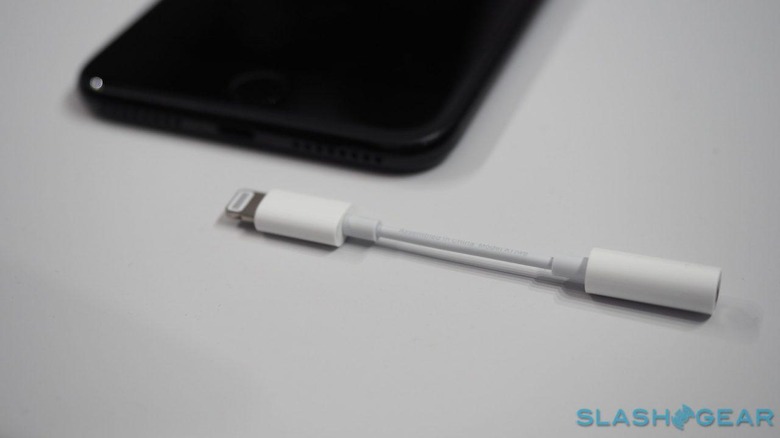
Display sizes are the same – and you get the same sizable bezels above and below – but the panels are noticeably improved with their wide gamut of color support. Again, I'll need to see the iPhone 7 in natural light rather than pristine demo area illumination to see the real differences, but even the few photos I snapped looked color-rich and bright.
Apple spent plenty of time talking about the cameras on the iPhone 7, and with good reason. Both the iPhone 7 and the iPhone 7 Plus have 12-megapixel sensors – the latter gets two of them, the second having a fixed telephoto zoom – with f/1.8 six-element lenses. Optical image stabilization is now standard on both sizes, rather than just on the Plus as before, and the duo-tone LED flash has twice the number of LEDs for 50-percent more power.
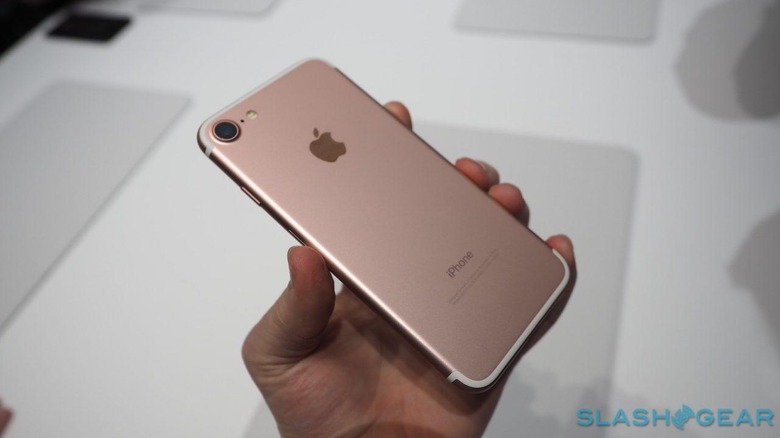
It's a fast camera, though without the ability to transfer shots off it I'll hold any quality judgement until I've a review device on-hand. The zoom that the iPhone 7 Plus offers is cleverly done: up to 10x, blending the two cameras to reduce the amount of digital cropping and thus resolution loss. No, it's not going to give you true lossless as you might with a real optical zoom or an original PureView camera, but neither do you suffer the bulk.
Unfortunately Apple's bokeh-rich Depth Mode isn't ready for primetime yet – it'll follow later on in the year, which seems a missed opportunity – and you'll need the iPhone 7 Plus in order to use it.
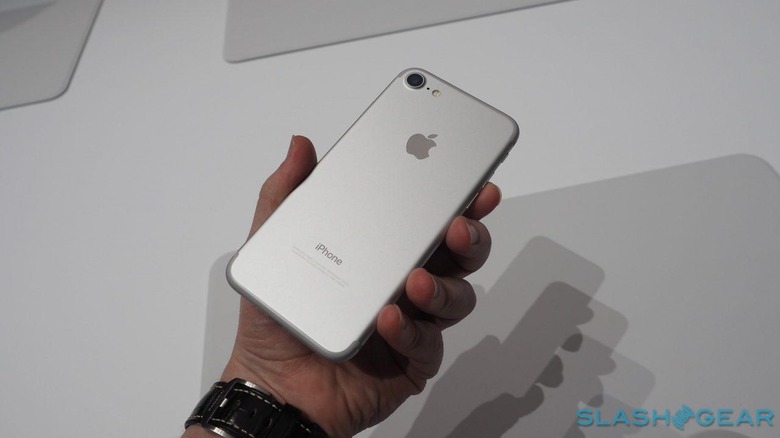
Speed from the A10 processor is another aspect I'll need to wait to assess, though I had no trouble with my brief run of multitasking and such. Apple used the extra space reclaimed from dropping the headphone jack among other things to accommodate more battery life, though I'm disappointed that there's still no wireless charging support. Perhaps the courage hasn't quite been screwed to the sticking place for that, yet.
Still, I suspect Apple will have no issues shifting plenty of the iPhone 7 and iPhone 7 Plus when they go on sale in a couple of weeks time. Apple has focused its attentions on the key areas that most users care about: camera, waterproofing, and overall performance.
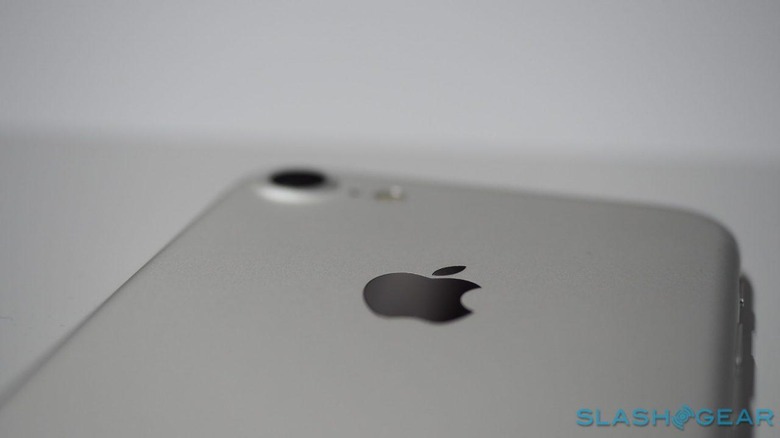
While there are plenty of buzzwords about the fancy case treatment and the camera tech, the reality is that this is a big refinement over what we saw before.
Will the headphone jack's omission see some would-be upgraders hold off? That's the biggest question I – and many others have – and something we'll have to wait and see how early preorder numbers shape up.

